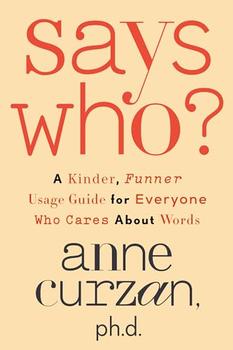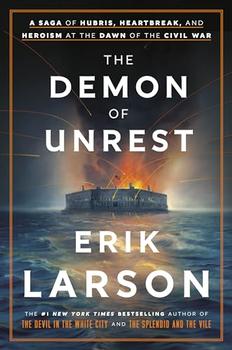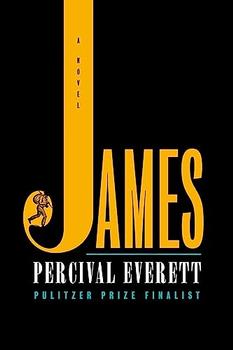Summary | Excerpt | Reading Guide | Reviews | Readalikes | Genres & Themes | Author Bio

Critics' Opinion:
Readers' Opinion:
First Published:
Mar 1997, 480 pages
Paperback:
Apr 1999, 480 pages
Cro-Magnon garbage heaps yield not only stone tools but also tools of bone, whose suitability for shaping (for instance, into fishhooks) had apparently gone unrecognized by previous humans. Tools were produced in diverse and distinctive shapes so modern that their functions as needles, awls, engraving tools, and so on are obvious to us. Instead of only single-piece tools such as hand-held scrapers, multipiece tools made their appearance. Recognizable multipiece weapons at Cro-Magnon sites include harpoons, spear-throwers, and eventually bows and arrows, the precursors of rifles and other multipiece modern weapons. Those efficient means of killing at a safe distance permitted the hunting of such dangerous prey as rhinos and elephants, while the invention of rope for nets, lines, and snares allowed the addition of fish and birds to our diet. Remains of houses and sewn clothing testify to a greatly improved ability to survive in cold climates, and remains of jewelry and carefully buried skeletons indicate revolutionary aesthetic and spiritual developments.
Of the Cro-Magnons' products that have been preserved, the best known are their artworks: their magnificent cave paintings, statues, and musical instruments, which we still appreciate as art today. Anyone who has experienced firsthand the overwhelming power of the life-sized painted bulls and horses in the Lascaux Cave of southwestern France will understand at once that their creators must have been as modern in their minds as they were in their skeletons.
Obviously, some momentous change took place in our ancestors' capabilities between about 100,000 and 50,000 years ago. That Great Leap Forward poses two major unresolved questions, regarding its triggering cause and its geographic location. As for its cause, I argued in my book The Third Chimpanzee for the perfection of the voice box and hence for the anatomical basis of modern language, on which the exercise of human creativity is so dependent. Others have suggested instead that a change in brain organization around that time, without a change in brain size, made modern language possible.
As for the site of the Great Leap Forward, did it take place primarily in one geographic area, in one group of humans, who were thereby enabled to expand and replace the former human populations of other parts of the world? Or did it occur in parallel in different regions, in each of which the human populations living there today would be descendants of the populations living there before the leap? The rather modern-looking human skulls from Africa around 100,000 years ago have been taken to support the former view, with the leap occurring specifically in Africa. Molecular studies (of so-called mitochondrial DNA) were initially also interpreted in terms of an African origin of modern humans, though the meaning of those molecular findings is currently in doubt. On the other hand, skulls of humans living in China and Indonesia hundreds of thousands of years ago are considered by some physical anthropologists to exhibit features still found in modern Chinese and in Aboriginal Australians, respectively. If true, that finding would suggest parallel evolution and multiregional origins of modern humans, rather than origins in a single Garden of Eden. The issue remains unresolved.
The evidence for a localized origin of modern humans, followed by their spread and then their replacement of other types of humans elsewhere, seems strongest for Europe. Some 40,000 years ago, into Europe came the Cro-Magnons, with their modern skeletons, superior weapons, and other advanced cultural traits. Within a few thousand years there were no more Neanderthals, who had been evolving as the sole occupants of Europe for hundreds of thousands of years. That sequence strongly suggests that the modern Cro-Magnons somehow used their far superior technology, and their language skills or brains, to infect, kill, or displace the Neanderthals, leaving behind little or no evidence of hybridization between Neanderthals and Cro-Magnons.
From Guns, Germs, and Steel: The Fates of Human Societies, by Jared Diamond. © 1997 Jared Diamond.




No pleasure is worth giving up for the sake of two more years in a geriatric home.
Click Here to find out who said this, as well as discovering other famous literary quotes!
Your guide toexceptional books
BookBrowse seeks out and recommends the best in contemporary fiction and nonfiction—books that not only engage and entertain but also deepen our understanding of ourselves and the world around us.